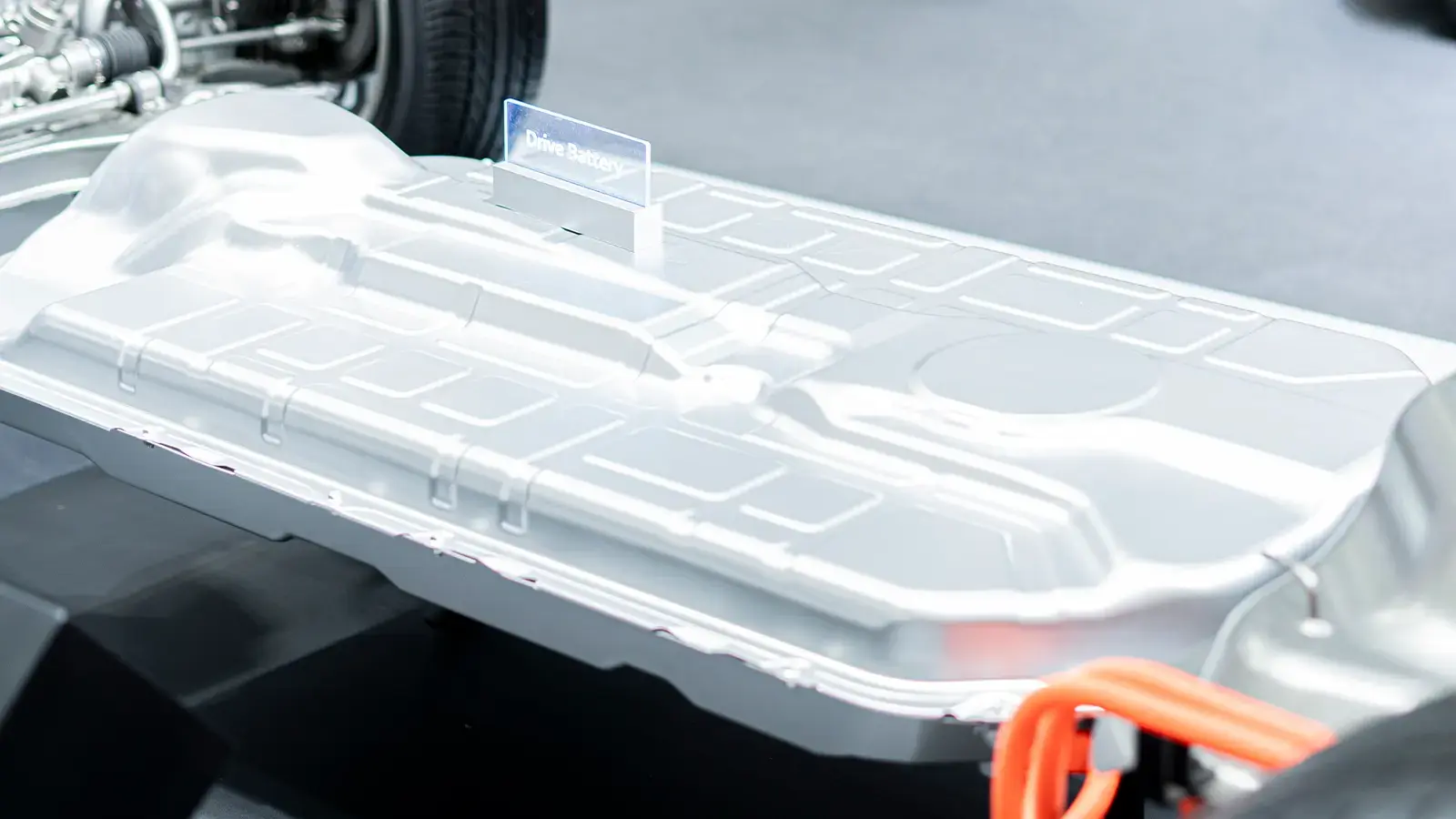What Every EV Owner Should Know
The battery is the heart of your electric vehicle (EV), and it plays a major role in determining driving range, performance, and long-term value. Fortunately, modern EV batteries are designed to last, and with the right care, they can stay healthy for many years. This article breaks down the basics of EV batteries and how to protect your investment.
What Kind of Batteries Do EVs Use?
Most EVs today use lithium-ion (Li-ion) batteries, the same technology found in laptops and smartphones, but on a much larger scale. These batteries are popular because they:
- Offer high energy density (more range for less weight)
- Charge quickly
- Can be recharged thousands of times
- Require little maintenance
Some newer EVs are exploring next-gen chemistries like lithium iron phosphate (LFP) or solid-state batteries, which promise even longer life and better safety.
How Long Do EV Batteries Last?
EV batteries are engineered to last 10 to 15 years or more under normal use. Automakers typically provide warranties of:
- 8 years or 100,000 miles (whichever comes first)
- Some offer longer coverage for degradation (e.g., maintaining at least 70% capacity)
Real-world data shows that most EV batteries degrade gradually. After five years, many still retain 90% or more of their original capacity.
What Causes Battery Degradation?
Over time, lithium-ion batteries slowly lose capacity. Factors that affect this include:
- Extreme temperatures (especially heat)
- Frequent fast charging
- High charge levels for extended periods
- Deep discharges (letting the battery drain completely)
Understanding these stressors helps you take steps to minimize wear.
How to Extend Battery Life
You don’t need to baby your EV battery, but a few habits can help it last longer:
- Avoid charging to 100% regularly (80–90% is usually ideal for daily driving)
- Minimize deep discharges (try to stay above 20% when possible)
- Park in shaded or temperature-controlled environments
- Use Level 2 charging at home instead of frequent DC fast charging
- Precondition the cabin while still plugged in (especially in cold or hot weather)
These strategies can significantly reduce long-term degradation.

What About Cold Weather?
EV batteries are sensitive to cold, which can:
- Reduce available range temporarily
- Slow down charging speeds
The good news? Most EVs now come with battery thermal management systems that help regulate temperature and keep performance consistent.
If you live in a cold climate, using preconditioning (warming the battery while plugged in) before driving can help retain range and comfort.
How Do You Know If Your Battery Is Wearing Out?
Most EVs provide a battery health report through their infotainment system or companion app. You may also notice:
- Reduced range on a full charge
- Slower charging times
- Warning messages or check-battery alerts
If your range seems noticeably lower, it’s worth having your battery evaluated by the dealership or a certified EV service provider.
Battery Replacements: Cost and Options
While rare, some drivers may eventually need a battery replacement. Costs vary based on:
- Make and model
- Battery size
- Warranty status
Typical replacements today range from $5,000 to $15,000, but prices continue to drop as battery technology improves and production scales up. Extended warranties or certified pre-owned EVs can help offset these costs.
Final Thoughts
EV batteries are built to go the distance, and with a little attention to how you charge and drive, they’ll serve you well for many years. You don’t need to be an expert to take care of your battery, just a few smart habits can make a big difference.
Power Up Your Understanding
Decide the best way to buy your next green car:
← Go Back: Is Owning an EV More Expensive?
Discover Next: Buying a Green Car: Dealership or Direct? →












